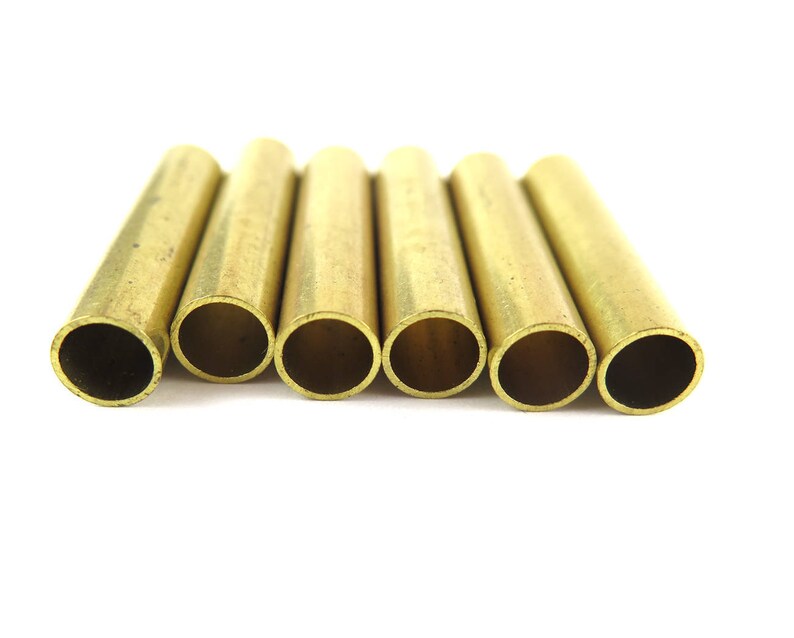What is Copper Metal?
Copper is a chemical element with the symbol Cu and atomic number 29. It is a soft, malleable, and ductile metal with very high thermal and electrical conductivity. A freshly exposed surface of pure copper has a reddish-orange color. Copper is used as a conductor of heat and electricity, a building material, and a constituent of various metal alloys.
Copper is an essential nutrient for plants and animals, but it can be toxic to organisms at high levels. The metal is found in a variety of minerals, including chalcopyrite, malachite, and azurite. It can be extracted from these minerals through a process called smelting. Copper is often used in the production of wire, pipes, coins, and various other products. It is also used as a catalyst in a number of chemical reactions and is an important component of several alloys, including brass and bronze.
Common Processing Method For Metal Copper Products
There are several common processing methods for metal copper:
1. Extraction and refining: Copper ore is extracted from the ground and refined to produce copper metal. This typically involves crushing and grinding the ore, and then using a process such as smelting or leaching to extract the copper.
Casting: Copper can be cast into various shapes using a variety of casting methods, such as sand casting, permanent mold casting, and die casting.
2. Rolling: Copper can be rolled into thin sheets or rods using a process called rolling. This process involves passing the copper through a series of rollers to reduce its thickness and increase its length.
Drawing: Copper can also be drawn into wire by pulling it through a series of progressively smaller dies. This process is often used to produce electrical wire.
3. Forging: Copper can be forged into various shapes by heating it to a high temperature and then shaping it with a hammer or press.
Machining: Copper can be machined using various techniques, such as turning, milling, and drilling, to produce precise shapes and sizes.
A Guide To Metal Copper Products Design Process
Copper is a popular choice for metal design projects because of its versatility and the wide range of finishes that can be achieved. Here is a general guide to the copper design process:
1. Sketching and prototyping: Start by sketching out your design ideas and creating a prototype. This can be done using cardboard, foam board, or other materials.
2. Selecting materials: Choose the type of copper that best fits your project, such as pure copper, brass, or bronze. Consider the desired finish, such as polished, patina, or oxidized.
3. Cutting and shaping: Use tools like shears, snips, and saws to cut the copper to the desired shape and size. You can also use a hammer and anvil or a press to shape the metal.
4. Joining and soldering: Use soldering techniques to join pieces of copper together. This can be done using a soldering iron or a torch.
5. Finishing: Apply a finish to the copper, such as polishing, patinating, or oxidizing. This can be done using chemicals or mechanical techniques.
6. Assembling: Assemble the final pieces of the design, attaching any necessary hardware and making any final adjustments.
7. Testing: Test the finished product to ensure that it meets your specifications and is functional.
Following these steps will help you create a successful copper design project. It's important to carefully plan and execute each step to achieve the desired result.


 Is admiralty brass copper nickel?
Is admiralty brass copper nickel?
 Nitinol Wire/Shape Memory Alloy: An Innovative Journey of Wonders
Nitinol Wire/Shape Memory Alloy: An Innovative Journey of Wonders
 What are the disadvantages of nitinol?
What are the disadvantages of nitinol?